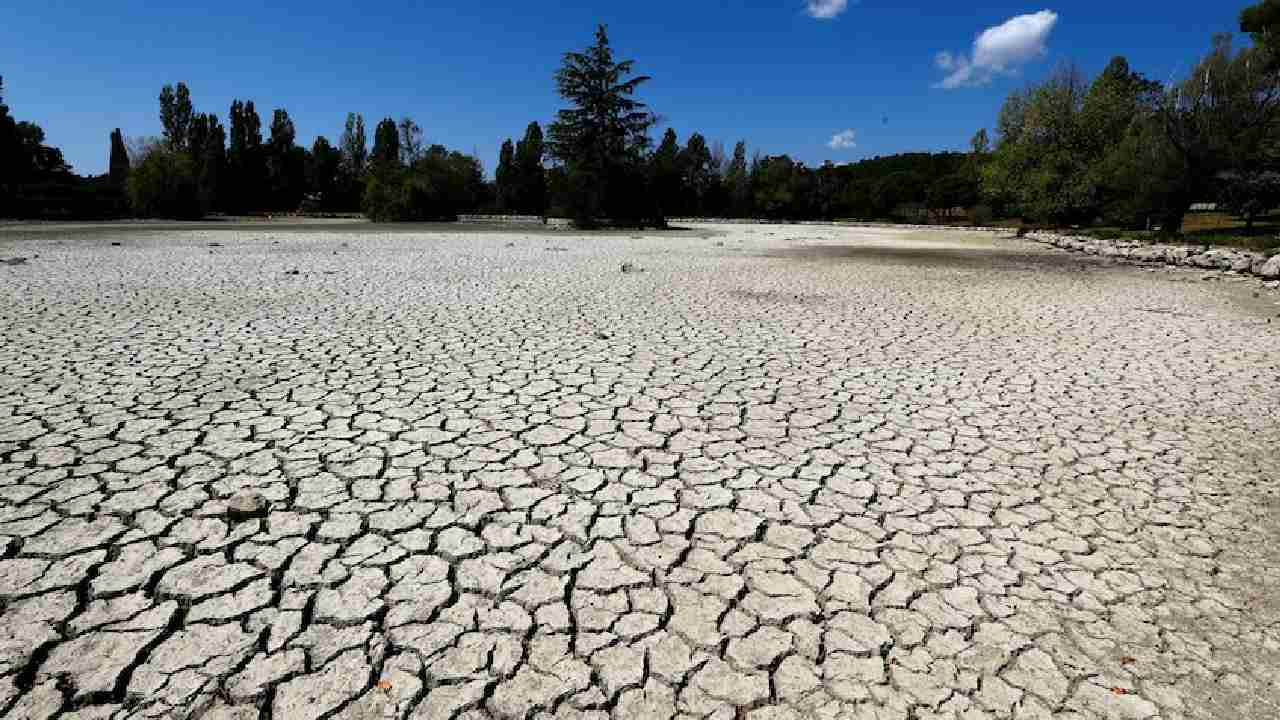Leaders from over 25 countries and 20 organisations have launched the International Drought Resilience Alliance to accelerate action and help countries to be better prepared for future droughts. In the declaration made in the margins of Sharm el-Sheikh Climate Change Conference COP27 that opened in Egypt yesterday, leaders from all sectors pledged to drive change in how the world tackles the growing drought risks, moving from emergency response to building long-term resilience.
A UNCCD release said, droughts are hitting more often and harder than before, up nearly by a third since 2000. Climate change is expected to cause more severe droughts in the future. Recent droughts in Australia, Europe, western United States, Chile, the Horn and Southern Africa, show that no country or region is immune to their impacts, which run into billions of dollars each year, not to mention human suffering.
Presidents Pedro Sánchez Pérez-Castejón of Spain and Macky Sall of Senegal rallied world leaders to create the Alliance as “a specific solution for the United Nations” to the impacts of climate change.
In a joint communication, Presidents Sánchez and Sall declared: “We are only as resilient to climate change as our land is. Building resilience to drought disasters is the way to secure the gains we make on each sustainable development goal, particularly for the most vulnerable people. The mission of the alliance is to give political impetus to make the land’s resilience to drought and climate change a reality by 2030The mission of the alliance is to give political impetus to make the land’s resilience to drought and climate change a reality by 2030.”
Ibrahim Thiaw, Executive Secretary, United Nations Convention to Combat Desertification (UNCCD), said: “We are in a race for drought resilience —and it’s a race we can win. Drought is a natural hazard but does not have to lead to human disaster. The solutions are available, and we can create a drought resilient world by increasing our ambition, harnessing the political will, and joining forces to act together.”
The Alliance will be bolstered by new political commitments, including a Euro five million seed fund announced by Spain, co-convener of the event with Senegal, to support the work of the Alliance and catalyse a process to mobilize more resources for this agenda, and a commitment made by the President of Kenya, William Ruto, to plant 5 billion trees in the next 5 years, and 10 billion trees in 10 years.
The Alliance called on leaders to make drought resilience a priority in national development and cooperation, including deepening the engagement of stakeholders, such as the private sector, in work on drought resilience. Among the key objectives of the Alliance is promoting the consolidation of regional initiatives to fast-track sharing of innovation, technology transfer and mobilization of resources.
The Alliance will also collaborate with other platforms, including the initiative launched by the United Nations Secretary-General and the World Meteorological Organization (WMO) to achieve universal coverage of early warning systems and regional initiatives to reap the maximum benefits of working together on drought resilience.
Building drought resilience presents an opportunity to significantly reduce the high human, social and economic costs of drought. These range from the loss of life, livelihoods, and biodiversity, to water and food insecurity, to disruption in the energy, transportation and tourism sectors, as well as forced migration, displacement, and conflicts over scarce resources.


























